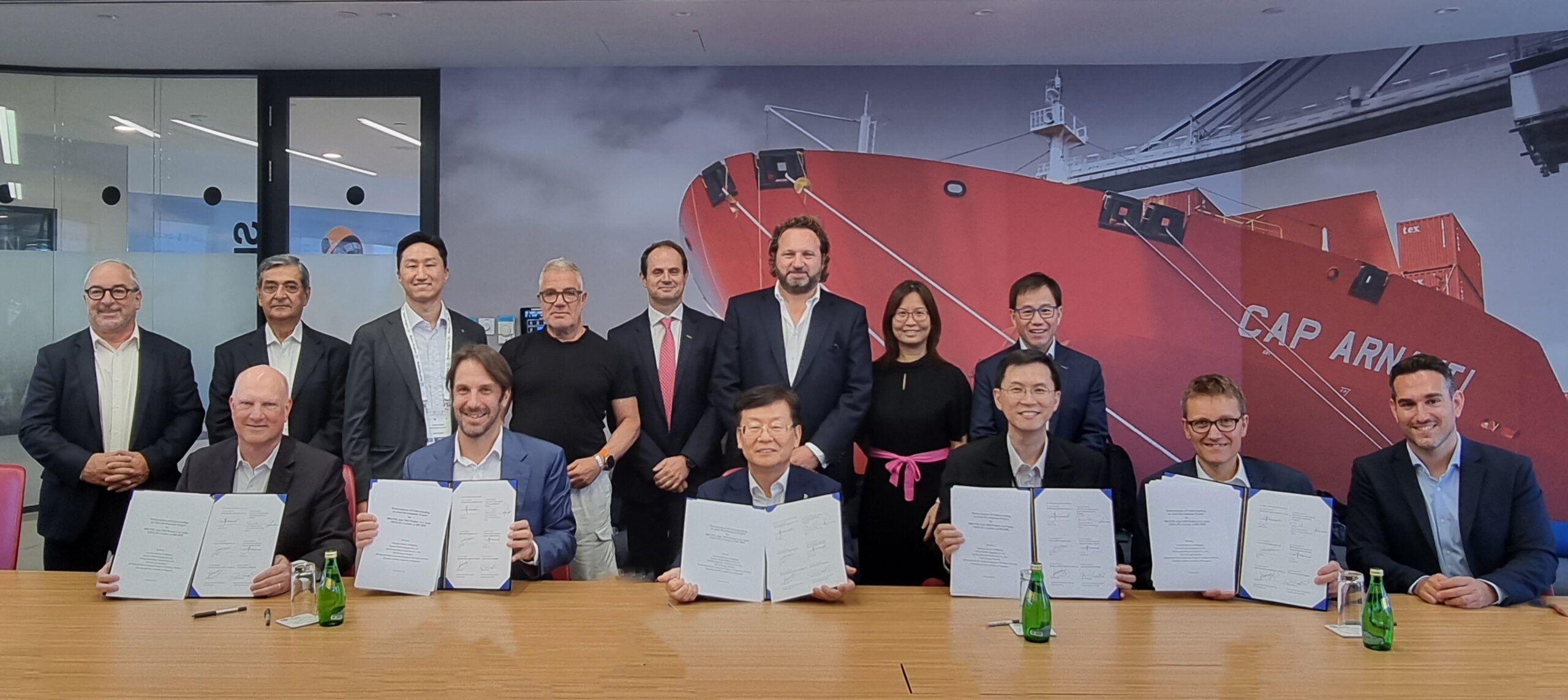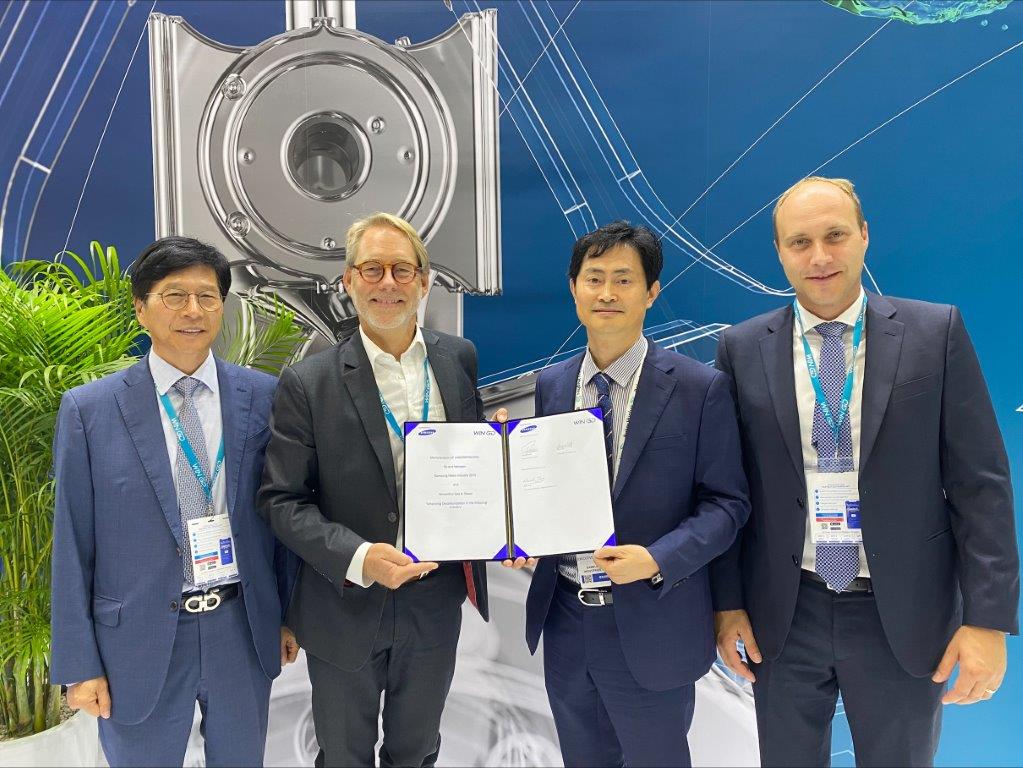Despite new ship and equipment designs, preventing total lubricant leakage from a ship into the marine environment is near impossible. In recognition of the polluting capacity of mineral-based marine lubricants, a few key pieces of regulation now enforce the use of Environmentally Acceptable Lubricants (EALs).
Since 2013, the Vessel General Permit (VGP) has dictated that all ships over 79 feet long, operating in United States waters must use EALs in all oil-to-sea interfaces of the ship and to switch over before their next dry-dock. The Polar Code states that ship operators should “consider” using non-toxic biodegradable lubricants or water-based systems in lubricated components outside the underwater hull with direct seawater interfaces. These two pieces of legislation are driving the uptake of EALs in the industry. Necessity for compliance and recognition of environmental concerns is driving EAL innovation.
Although uptake is increasing and innovation amongst EAL products is prospering, historically OEMs have been reluctant to approve EALs in their machinery and ship owners have been reluctant to use EALs without OEM endorsement. This has been a major barrier to uptake. EALs have developed in their environmental credentials but they have also progressed in their fluid life-spans to lessen machinery downtime, demonstrate CSR, and can provide evidence of continuous improvement for ISO 14001 and other environmental management programmes that are infiltrating the industry. OEM approvals are on the increase as EAL compatibility with marine equipment and seals is strengthen and EALs become more flexible in regards to varying operational temperatures.
For instance, RSC Bio Solutions has recently acquired MAN Diesel approval for its EnviroLogic 3000 Series, which consists of readily biodegradable synthetic hydraulic fluids designed for extreme operating temperatures and pressures. Italian shipbuilder Fincantieri approved ExxonMobil’s range of EALs that comply with the VGP and offer low maintenance, providing up to three times the operational life of a normal maintenance oil.
In May 2016, Vickers Oils received approval from Rolls Royce for its Biogear XP 68, an EAL that contains anti-wear and micro pitting performance qualities, designed for use where potential for fluid loss to occur lies.
Even though the VGP does not require EALs to be used for above deck equipment, it is ‘strongly encouraged’, and therefore there is potential for it to become mandated in the next revision of the VGP. Already one step ahead is ROCOL and its EAL the VGP-compliant BIOGEN Marine Rope Dressing for use on crane wire ropes, container lashings, lifeboat falls, shackles and small winch ropes. Although a new purpose lubricant to be launched into the market, it evidences the expanding market there lies for EALs not just for traditional purposes.
Shell Marine Products has also revealed that its Rapid Lubricants Analysis Service (RLA) has provided analysis of over 50,000 cylinder drain oils. Such analysis helps to extend the engine life of ships, reduce downtime and limit operational costs, but moreover the demand for such a product reveals the importance of the marine lubrication market and the services that are now required in order to facilitate smooth functioning of such products.
Additionally, the development of analysis laboratories, such as Total Lubmarine’s own worldwide Diagomar Plus lubricant analysis laboratories, enables tests to be conducted and the performance of the lubricant verified before application to a ship and prior to independent testing. Such testing facilities are paramount to research and maximising the chemical and physical design of marine lubricants for maximum effect.
The ultimate EAL comes in the form of seawater lubricated propeller shaft bearings. These systems eliminate the use of oil with zero risk of discharges. That goes above and beyond requirements enforced by the VGP and recommended by the Polar code. It is an option that is increasing in popularity in the industry. Over 2000 vessels have been equipped with Thordon Bearings’ seawater lubricated propeller shaft bearing system to-date.
Also, the introduction of a new classification society notation in early 2016 was welcomed by water lubrication innovators as it allows for extended inspection periods for propeller shafts using seawater-lubricated bearings. DNV GL’s new voluntary TMON notation for open loop water lubricated propeller shafts follows similar rule revisions by Lloyd’s Register (LR), Bureau Veritas (BV) and the China Classification Society (CCS).
The five-year shaft inspection rules previously stipulated in most shaft condition monitoring notations were a previously major deterrent to the wider take-up of the water lubricated system. This was a major barrier to uptake dismantled. So when it comes to discharges from a ships propeller shaft system, ship owners have two choices for their existing ships and ships they plan to build: 1) replace mineral oil with an oil-based EAL to lubricate the metal bearings and ensure the seal is compatible with the EAL or 2) convert or build a ship using a seawater-based system using non-metallic prop shaft bearings.
Ship Efficiency Review News
To contact the reporter responsible for this article, please email editor@fathom-mi.com

































